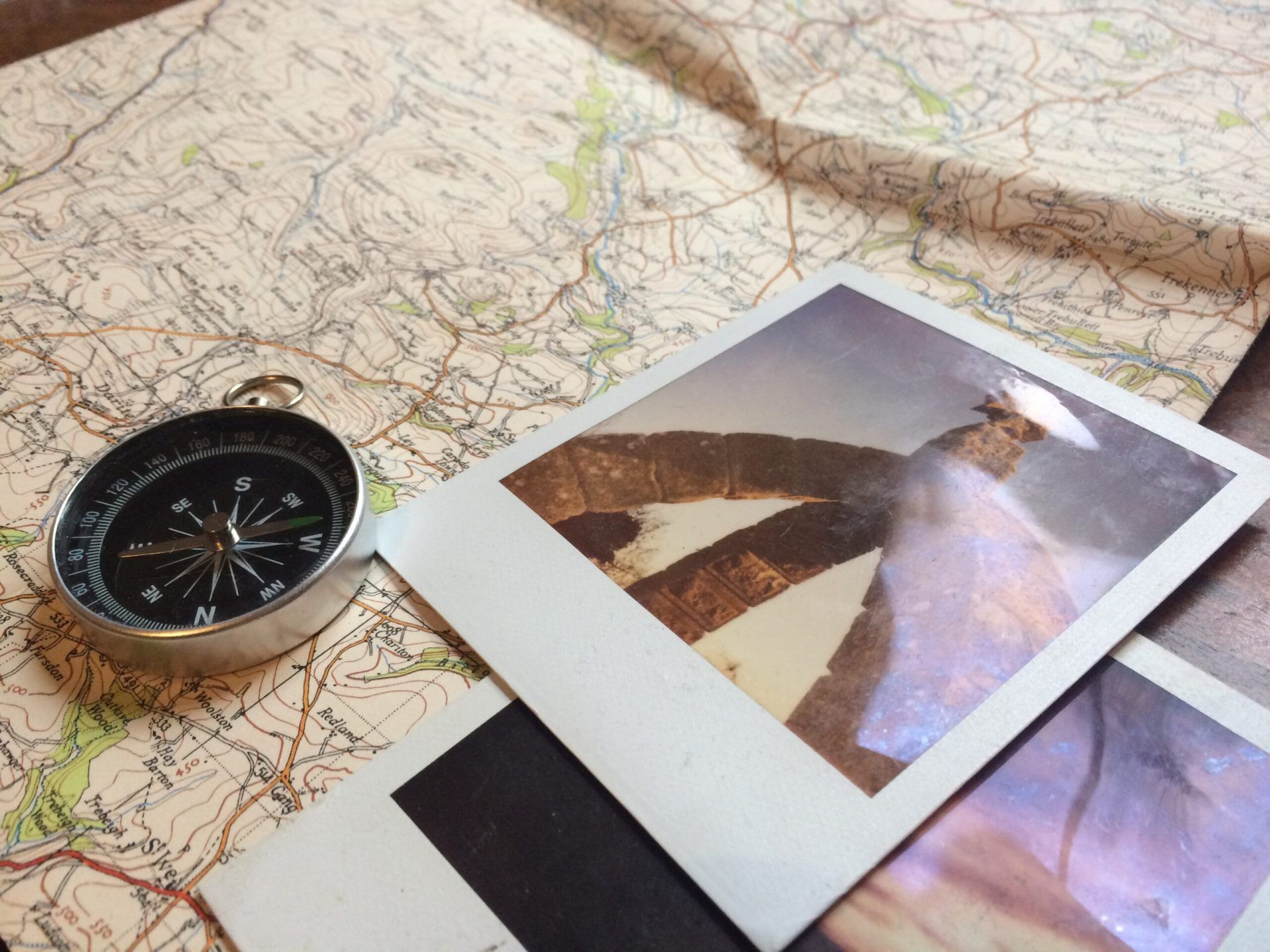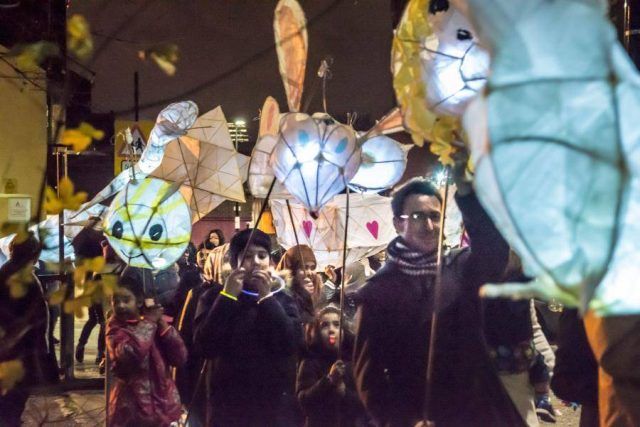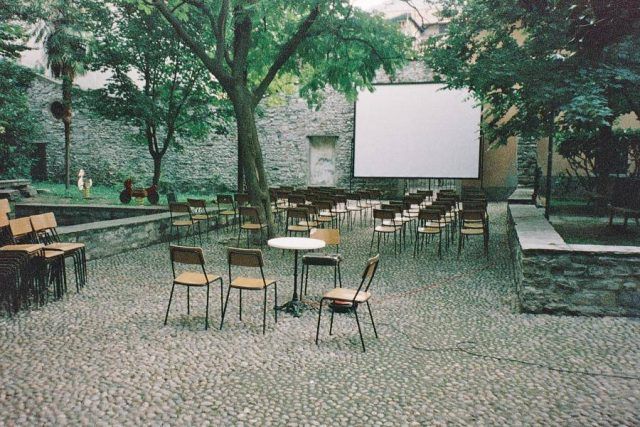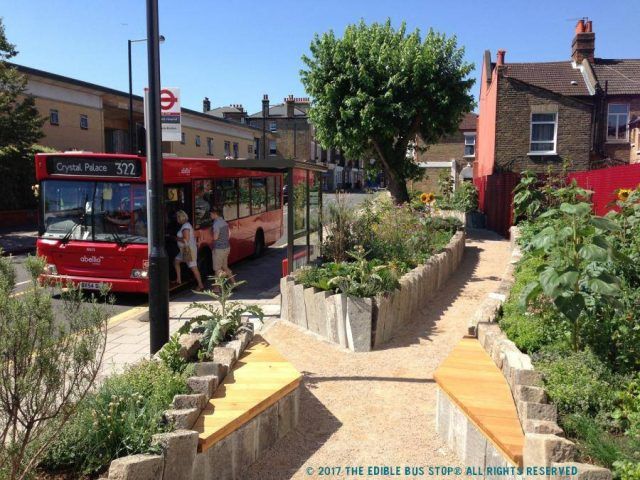Arrange a history walk
A history walk is a great way to find out interesting facts and stories about where you live.

What you will need
- a school — a primary school might be more likely to want to do this kind of project, but if you asked a secondary school to undertake some of the film making elements they might find it more appealing
- some old(er) people. Ask the teachers to invite some of their class’s grandparents to come in for a tea party. Make sure that the old people have lived in the district for some time though, otherwise their memories will be of other places — and you’re after local knowledge for this activity
- old photographs and maps of the area
- a route that covers the places with the most interesting history. Try and avoid busy roads if you can
- plenty of adult helpers — the parents or grandparents will come in handy here
- a Disclosure and Barring Service check (formerly a CRB check) if you are likely to have to supervise any children on their own. Otherwise ensure another appropriate adult is always present (such as the class teacher). This is as much for the adults’ as the children’s benefit
- a film maker. Ideally a professional, as things like sound can be tricky, but a lot of what you need can be done on a smartphone, or filmed by the children themselves (with a few hints and tips first)
- somewhere to screen the film
Memories are a powerful way to get people to start thinking about their neighbourhood in a different way, as a place with history and a personality of its own. Changing your neighbourhood for the better isn’t just about new stuff; it should also be about the things — places, green spaces, shops and services — that you’ve lost. There are all sorts of ways of harvesting memories, but a history walk is a great way to do an intergenerational project — and provide an incentive to attend another event: a film.


Instructions
Step 1
Invite grandparents or older neighbours
Invite grandparents or older neighbours to come to a tea party at the school and tell them to bring old photographs of the area with them.
Step 2
Host the party
Host the party — plenty of tea and cake. Split the classes into groups and have at least one grandparent or older person with each group. Make sure that no one is left on their own and that there are lots of photographs. Do a trawl of the local archive (try the library) if you’re short of pictures.
Step 3
Ask people to share
Ask the adults to tell the children what it was like growing up in the area, the shops and services that they had, where they played and any stories that might bring it alive — even if they’re legends.
Step 4
Ask children to take notes
Get the children to write down the information they’ve got — if you’ve got lots of alternatives then they could vote for their favourites.
Step 5
Devise a route
Devise a route for your history walk activity, based on the stories you’ve heard and see if you can get one of the grandparents (the one with the best memory/stories) to act as the guide. Walk the route with the teacher and time it. Do a risk assessment if necessary and note any potential hazards.
Step 6
Nominate grandparents
Nominate one or two of the grandparents or older people to either accompany you on the walk or meet you at key points.
Step 7
Conduct interviews
Ask one or two children to ‘interview’ the older people at key points on the walk while being filmed.
Step 8
Ask the children
At the end ask the children what they think; ask them whether they play in the same places and what they’d like to be able to do in their neighbourhood.
Step 9
Edit your film
Most computers come with free film editing software, such as iMovies on Macs and Movie Maker on PCs. We like CapCut for simple editing.
Step 10
Screen your film
You could do this at the school or at a community centre, or use it as part of the draw for a bigger community event or engagement event.
Sharing your film
The great thing about this kind of film is that it becomes a resource and something you can use to show potential funders as evidence that you’ve done some consultation and identified things that people (young people, especially) want to see in their neighbourhood.


